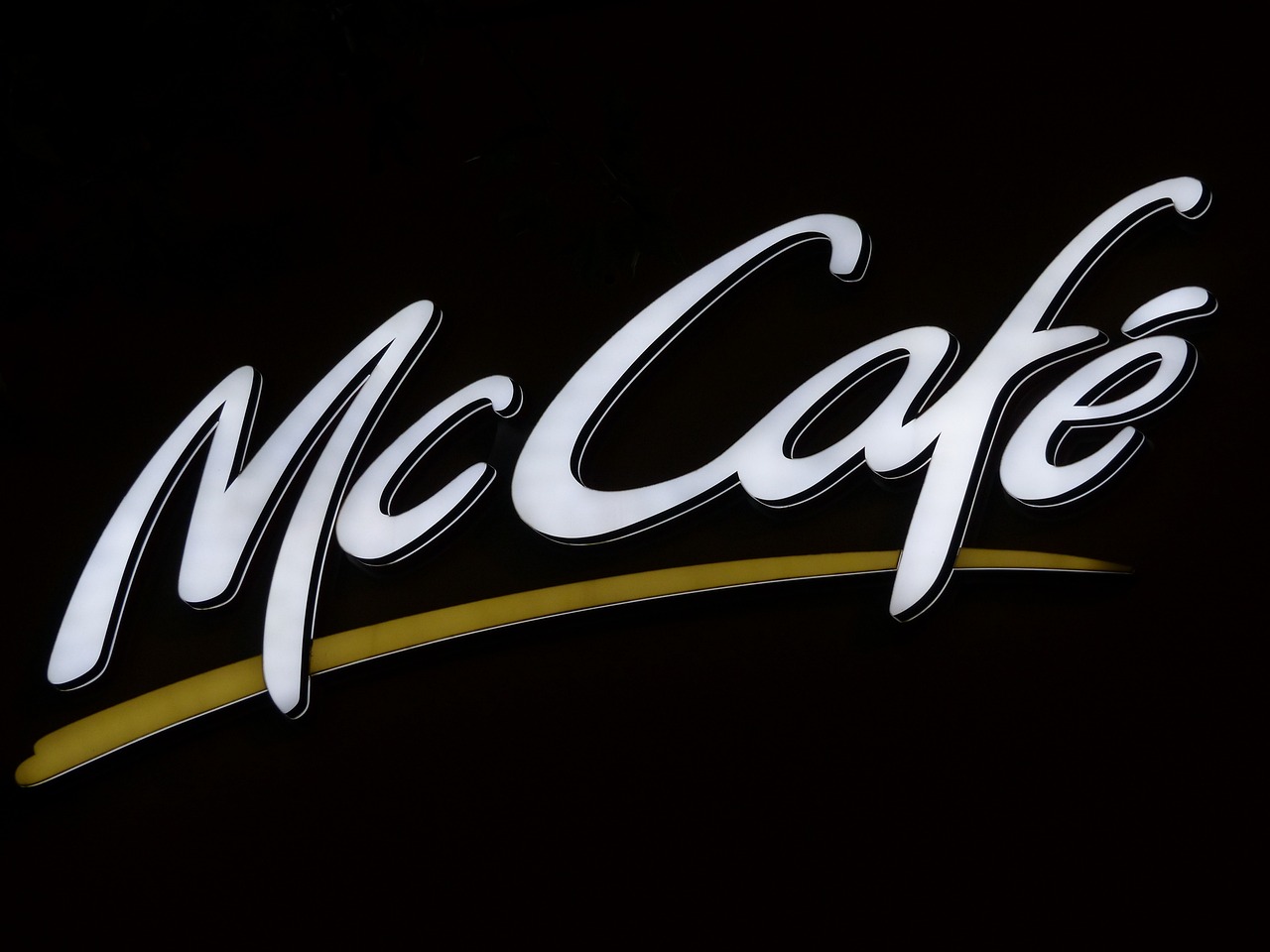Market Research has long been used as the guide for companies battling through the ever-changing waters of consumer preferences and public opinion. By utilizing market research, astute companies can shift with these changes, better positioning themselves for success. Once thought to be trivial, these notorious examples of marketing based on consumer preferences have shaped the success of brands we know today.
The Ravens
Once Baltimore’s original football team, the Colts and then Owner Bob Irsay left for Indianapolis, the state of “Crab cakes and Football” spent twelve long years without the ladder. In 1995 the city regained its team, as Art Modell moved the Cleveland Browns to Baltimore. After failing to convince Irsay to allow the Baltimore team to return to their former name and logo, Modell opted to completely rebrand.
The franchise began market research immediately, using focus groups to assess fan reactions to mock play-by-play tape using the potential names. The Modell’s took it a step further, doing a random telephone poll with over 33,000 responses. With the choices down to the Americans, the Marauders, and the Ravens, Baltimore residents got to voice their opinions on the new team’s name. By a large margin, residents voted to move forward with the Ravens.
The Ravens’ research wasn’t finished yet. The Ravens partnered with Observation Baltimore to get insights into consumer preferences on uniforms, season ticket holder accommodations, and concessions. By actively listening to their soon-to-be fans, the Ravens laid the groundwork to become the $4.6 billion dollar franchise they are today.
Coke
Food and beverage companies do constant research on both new and current products, tweaking their taste, color, and packaging. One instance frequently discussed in college marketing courses nationwide about the dangers of poor market research, is New Coke.
In the 70’s and 80’s, Pepsi began a campaign challenging consumers to do a blind taste-test of Pepsi and Coke. To Coke’s dismay, the campaign was effective. Coke, losing market share, conducted its own internal research and found that consumers preferred the sweeter taste of Pepsi. As a response, Coke released the more sugary “New Coke” in 1985.
While Coke followed the recommendations that research suggested, they did not consider current consumers. New Coke failed tremendously until they opted to listen to the public outcry, reintroducing the previous product just 77 days later.
McDonalds
Constantly running taste-tests to aid in innovating new products, McDonalds uses market research to adapt its menu to suit local pallets. While Americans associate McDonalds with hamburgers, areas such as the Philippines have a more exotic menu, offering food such as the McSpaghetti.
McDonalds constantly keeps a close ear to public opinion, testing products like the “McPlant” to capture a wider audience. In 2015, after receiving countless requests for extending breakfast hours, months of research and an internal vote, McDonalds unveiled their new offering, “All Day Breakfast”.

The new offering was a hit, raising sales by 2.5% a year and increasing customer count by 2.3%. After years of success, McDonalds conducted further research in 2020 suggesting that simplifying the menu led to lower wait times and raised overall customer satisfaction scores. McDonalds removed All Day Breakfast due to these logistical issues and continues to explore how to bring it back.
Proctor and Gamble
Proctor and Gamble owns an extensive list of innovative brands that are staple American products. But, in 2012, Proctor and Gamble revolutionized an industry that was stagnant for decades.
Proctor and Gamble’s laundry detergent, Tide, has 14% of the market share globally in large part due to the ethnographies and focus groups they’ve conducted since their inception. Since the 1960’s, Proctor and Gamble’s market research suggested their consumers preferred convenience and ease of use. Tide began experimenting with detergent “tablets” but opted to go with liquid detergents in the 1980s due to the inconsistencies of the tablets.
Tide never stopped exploring how to tailor their products to fit their consumer’s preferences. In 2012, after years of product development, Tide released the “Tide Pod,” a single use “pod” of laundry detergent that was in a water-soluble packet.
Morphinh their products to account for consumer preference paid off tremendously. In less than 5 years, the “laundry pod” industry grew to $2.7 billion, with Proctor and Gamble accounting for 49% of total market share.
In summary: Market Research makes economic and strategic sense!
